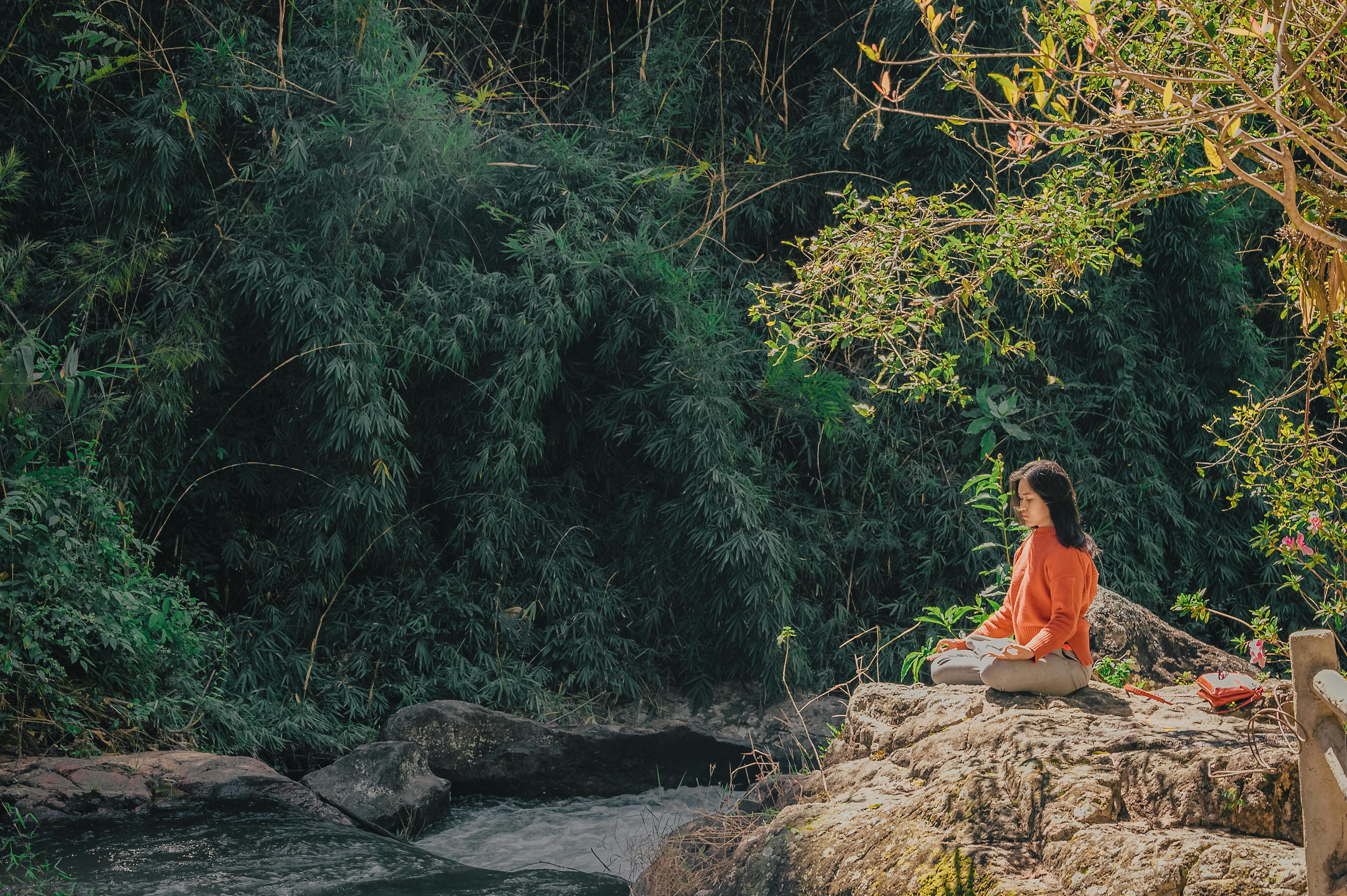
Naivasha: a journey through history and amazing beauty
admin
- 0
Naivasha (actually a colonial misinterpretation of the Maasai name Nai’posha, meaning “Raging Water” in reference to the afternoon storms that frequented the lake) is a small town with a population of about 400,000 located about 70km Northwest of Nairobi, on the shores of Lake Naivasha and along the Nairobi – Nakuru highway.
The city sits on the floor of the Great Rift Valley and is a busy and popular transit point for the movement of goods and services, and a favorite stop for people to grab a snack on their way to the interior of the country.
In addition to its thriving US$150 million a year floriculture industry, dominated by large multinational-owned flower and horticultural farms located along the lake shores, Naivasha is also a popular tourist destination, especially for residents. from Nairobi looking to escape the hustle and bustle of the city. life.
Some of the main attractions that can be seen here include the majestic 11,000 ft. Mount Longonot, a volcanic mountain that is now dormant. Hells Gate National Park famous for its pair of gigantic red-hued cliffs. The park is home to a large number of game animals and birds.
Lake Naivasha itself is a site to behold with over 400 different species of birds and a variety of wildlife and marine species. The popular Fischer’s Tower, which offers fantastic climbing opportunities, is a place worth visiting.
Actually, if you start your journey right now, you just might be in time to attend the world’s largest wheelbarrow race, To Hell’s Gate in a wheelbarrow, which takes place every year to raise funds and awareness among the local community about the need to protect Naivasha. ecosystem.
Much of the lake is surrounded by forests of yellow-barked Acacia Xanthophlea (known locally as the yellow fever tree) that flourish with birds, making Naivasha a world-class birding destination.
The shores of the lake attract a wide variety of animals, including Masai giraffes, Cape buffalo and colobus monkeys with numerous burly hippos lounging in the lake. The surrounding lake district, which gives way to two smaller lakes nearby, is well worth exploring; Oloidien, with its flamingos and Sonachi, a bright green crater lake.
History buffs will quickly discover that Naivasha abounds with treasures from the past to peruse. For example, between 1937 and 1950, Lake Naivasha was used as Nairobi’s main airport and landing place for the Catalina Flying Boats, used by the Overseas Airways Corporation (OAC) for a scheduled service from London to South Africa.
These huge amphibious aircraft were lavishly equipped and considered the ultimate in elite air travel. Arriving in Naivasha, near the Naivasha Country Club, passengers alighted and took buses to Nairobi, while transit passengers attended a polo match while waiting for the plane to refuel.
But Naivasha has its share of a dark past that began in the 1930s and 1940s with the birth of the infamous Happy Vale elite championed by a certain Lord Errol. These were settlers known for their carefree lives. Her story is well captured in James Fox’s novel White Mischief, which was later made into a movie.
In the late 1970s and into the 1980s, Lake Naivasha was invaded by poachers. Migratory trails along Lake Naivasha were disappearing as fast as the local rose industry was flourishing, and so some people like Joan Root (January 18, 1936-January 13, 2006), a Kenyan-born conservationist, environmental activist and Oscar-nominated filmmaker, she decided to fight for the protection of Naivasha’s fragile ecosystem, perhaps even to the death.

